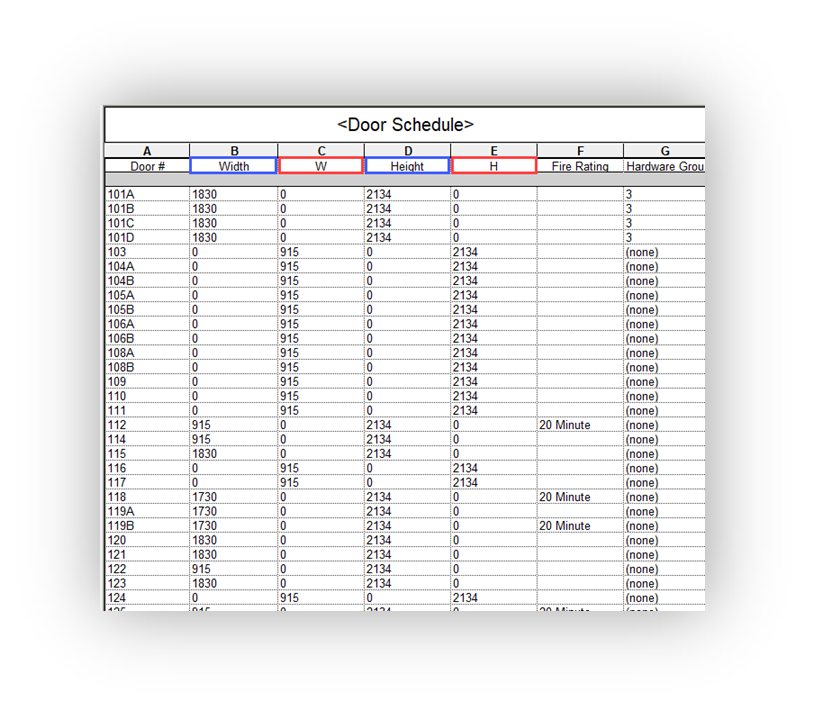How to centralize, manage and harmonize your BIM objects in a consistent and reliable library ?
BIM objects are the container of information of digital models. They constitute the data of a digital model and thus are key.
Efficient BIM content management enables a company from the AEC industry to capitalize project after project. It saves time in design, accelerates and streamlines exchanges with suppliers, and provides as-built models instantly.
Content management involves centralizing, managing and harmonizing BIM objects into a reliable, consistent library. In these articles, we will share with your best practices that we used to design our new solution, Onfly.
Onfly is the only BIM content platform that provides management and harmonization of your BIM content.
Why should you pay attention to your BIM content?
As the industry matures, digital models are increasingly becoming genuine databases. BIM models consist of thousands and thousands of BIM objects. The objects are the data containers of the digital models. High-quality BIM objects contain geometry information but also detailed dimensions, electrical data, mechanical data and generic information concerning the project specifications, supplier data and project information.
BIM content is like gold. With high-quality BIM content, you can speed up design by finding the right object instantaneously, speed up execution phase thanks to accurate data, reduce design errors because you have the right data for every field of trade expertise, perform calculations more quickly, document your projects so as to operate buildings more efficiently, accelerate and streamline exchanges with suppliers, and make sure you choose the right product for the project’s requirements.
At a company level, content is also key because it reflects your company know-how.
Design and construction companies usually centralize their content to save time on their next projects. Today, the problem is, it can be a real headache to centralize and add new objects from a project to the library. The objects come from many different sources. Different software and formats coexist. Data inconsistency means it can be very difficult to run calculation on the digital model. A simple example : how to correctly make quantity estimations when properties are labeled in different ways according to the element, as well as with different units : “Height” and “H”! Door schedule with inconstitent properties
Door schedule with inconstitent properties
BIM managers spend a lot of time cleaning up the objects after a project in order to put them on their server. BIM modelers spend time looking for the product families they need, updating the right data, or reducing the size of the model they found online. Global companies, working in different languages also have trouble re-using BIM content from one country to another.
This represents a significant waste of time for the industry. For example, it can take up to 2 months to update all the different families for a project to deliver the as-built model.
Best practices and finding the right tool
In this articles serie, we will explain the best practices for content management. First, let us go over the existing content management tools.
There are not that many tools to help you manage content. The most common solution usually used is a server or a sharepoint. Then, there are for file management solutions. These help you manage your objects as files, which you can tag. It does not manage the data inside your objects. Until recently, there was no real solution to harmonize and manage the data in your BIM objects. This is why BIM&CO decided to release the in-house technology it was using for its own content management on the bimandco.com public platform, where it is used to manage tens of thousands of objects and the corresponding data. This is how Onfly was born.
Having the right tool to manage your objects and data is crucial when you understand that a digital model is like the “data warehouse” of a building. Here, we can draw a parallel with the field of Big Data. As soon as the industry understood the potential of Big Data, companies realized that they could take advantage of data produced by their customers or processes. So, companies started to equip their IT systems with appropriate data-management systems, for example: Hoxtonworks or Hadoop. BIM is the same; data are specific, so they need specific tools to manage them.
Stay tuned, in our next articles, we will share with you best practices to solve these problems. Please share with us the difficulties that you way face with managing your library !
